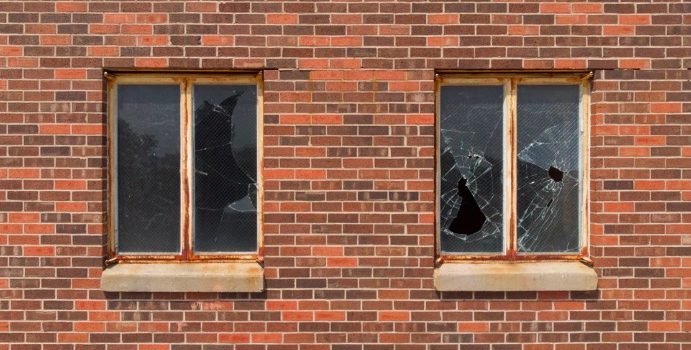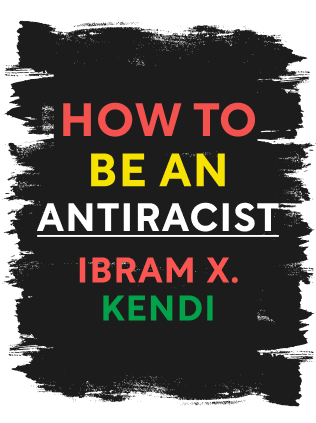

This article is an excerpt from the Shortform book guide to "How to Be an Antiracist" by tIbram X. Kendi. Shortform has the world's best summaries and analyses of books you should be reading.
Like this article? Sign up for a free trial here .
What are “ghetto” neighborhoods? How does space racism contribute to this offensive stereotype about predominantly Black communities?
Ghetto neighborhoods is a racist term used to describe Black neighborhoods. The reality is that predominantly Black areas were formed as a result of racism and space racism keeps these communities from receiving adequate resources for public services.
Keep reading to understand the relationship between space racism and the “ghetto” neighborhoods stereotype.
Space Racism and “Ghetto” Neighborhoods
Space racism is a combination of racist policies and ideas that aim to eliminate racialized spaces or that cause resource inequity between racialized spaces, the main idea being the belief that certain racialized spaces are more deserving of resources than others.
Example #1: People believed that Black “ghetto” neighborhoods were full of violence and juvenile delinquency, and this would creep into surrounding areas if people weren’t careful. People assumed that the people living in these neighborhoods had fewer resources because they were less deserving of them.
The “Ghetto”
“Ghetto” neighborhoods are Black spaces that were formed by Black people moving from the South and White people fleeing their arrival. White people went to other neighborhoods that the government supported via loan guarantees, highway construction, and subsidies. Developers built new places to live for White people.
Black people stayed in the “ghettos,” which became overcrowded. However, “ghetto” wasn’t used to describe this progression of racist policies—it was used to describe bad Black behavior in certain areas.
In the 1960s, Kenneth Clark wrote about the “dark ghetto,” a dangerous Black neighborhood where he grew up that was full of violence and juvenile delinquency. The idea that Black neighborhoods are inherently dangerous is misleading. It results in people avoiding Black neighborhoods because they fear crime and trying to live in White neighborhoods.
White neighborhoods have crime too, especially white-collar crime. White-collar crime loses people somewhere between $300-600 billion every year. When violent crime was at its highest in 1995, robbery and burglary were costing only $4 billion. White neighborhoods also produce the White males who commit mass shootings.
It’s clear that no racialized neighborhood is better or worse than any other—all have both good and bad qualities and deserve equal resources.
Ibram’s Experiences With Space Racism
Temple was surrounded by low-income Black neighborhoods. White racists were worried about people from the “ghetto” coming onto campus, and security guards checked IDs before people were allowed to enter campus buildings. The fear of these Black neighborhoods and attempts to segregate White and Black spaces were clear examples of space racism.

———End of Preview———
Like what you just read? Read the rest of the world's best book summary and analysis of Ibram X. Kendi's "How to Be an Antiracist" at Shortform .
Here's what you'll find in our full How to Be an Antiracist summary :
- What racism is and how it evolved
- How you might have subtle racist thoughts and not even be aware of them
- Why being "not racist" isn't good enough






